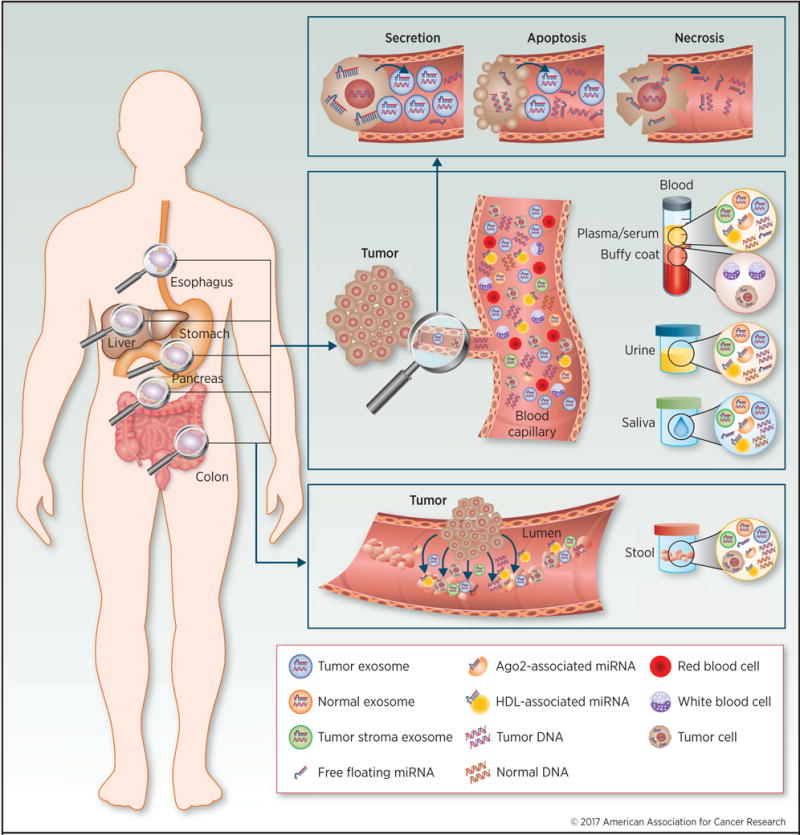Figure 2. Screening for gastrointestinal cancers using actively or passively secreted tumor components in liquid biopsies.

Gastrointestinal cancers, including esophageal, gastric, liver, pancreatic, and colon, shed subcellular components into the blood stream and/or intestinal lumen. These targets include circulating tumor DNAs (ctDNAs), circulating microRNAs (miRNAs), circulating tumor cells (CTCs), and exosome encapsulated DNA/miRNAs. These targets can be detected in biofluids, such as blood, urine, saliva and feces. Several morphologies of nucleotides are found in biofluids: free floating DNA/miRNA, argonaute 2 (Ago2)/high-density lipoprotein (HDL) associated miRNA, and exosome encapsulated DNA/miRNA, which are secreted from cancer cells in diverse patterns. Apoptotic or necrotic cells directly shed components extracellularly (passive secretion) as ctDNAs, while living aggressive cancer cells secrete encapsulated protein-associated miRNAs in exosomes (active secretion).
